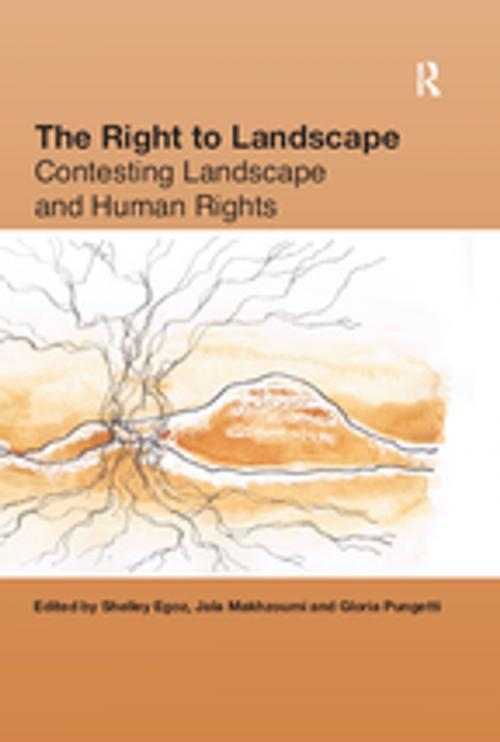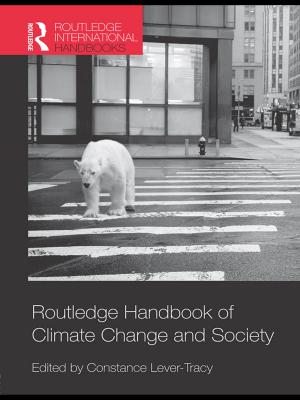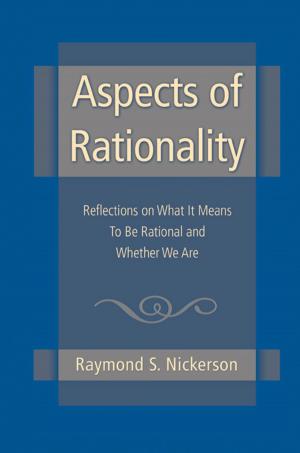The Right to Landscape
Contesting Landscape and Human Rights
Nonfiction, Social & Cultural Studies, Political Science| Author: | ISBN: | 9781351882798 | |
| Publisher: | Taylor and Francis | Publication: | December 5, 2016 |
| Imprint: | Routledge | Language: | English |
| Author: | |
| ISBN: | 9781351882798 |
| Publisher: | Taylor and Francis |
| Publication: | December 5, 2016 |
| Imprint: | Routledge |
| Language: | English |
Associating social justice with landscape is not new, yet the twenty-first century's heightened threats to landscape and their impact on both human and, more generally, nature's habitats necessitate novel intellectual tools to address such challenges. This book offers that innovative critical thinking framework. The establishment of the Universal Declaration of Human Rights (UDHR) in 1948, in the aftermath of Second World War atrocities, was an aspiration to guarantee both concrete necessities for survival and the spiritual/emotional/psychological needs that are quintessential to the human experience. While landscape is place, nature and culture specific, the idea transcends nation-state boundaries and as such can be understood as a universal theoretical concept similar to the way in which human rights are perceived. The first step towards the intellectual interface between landscape and human rights is a dynamic and layered understanding of landscape. Accordingly, the 'Right to Landscape' is conceived as the place where the expansive definition of landscape, with its tangible and intangible dimensions, overlaps with the rights that support both life and human dignity, as defined by the UDHR. By expanding on the concept of human rights in the context of landscape this book presents a new model for addressing human rights - alternative scenarios for constructing conflict-reduced approaches to landscape-use and human welfare are generated. This book introduces a rich new discourse on landscape and human rights, serving as a platform to inspire a diversity of ideas and conceptual interpretations. The case studies discussed are wide in their geographical distribution and interdisciplinary in the theoretical situation of their authors, breaking fresh ground for an emerging critical dialogue on the convergence of landscape and human rights.
Associating social justice with landscape is not new, yet the twenty-first century's heightened threats to landscape and their impact on both human and, more generally, nature's habitats necessitate novel intellectual tools to address such challenges. This book offers that innovative critical thinking framework. The establishment of the Universal Declaration of Human Rights (UDHR) in 1948, in the aftermath of Second World War atrocities, was an aspiration to guarantee both concrete necessities for survival and the spiritual/emotional/psychological needs that are quintessential to the human experience. While landscape is place, nature and culture specific, the idea transcends nation-state boundaries and as such can be understood as a universal theoretical concept similar to the way in which human rights are perceived. The first step towards the intellectual interface between landscape and human rights is a dynamic and layered understanding of landscape. Accordingly, the 'Right to Landscape' is conceived as the place where the expansive definition of landscape, with its tangible and intangible dimensions, overlaps with the rights that support both life and human dignity, as defined by the UDHR. By expanding on the concept of human rights in the context of landscape this book presents a new model for addressing human rights - alternative scenarios for constructing conflict-reduced approaches to landscape-use and human welfare are generated. This book introduces a rich new discourse on landscape and human rights, serving as a platform to inspire a diversity of ideas and conceptual interpretations. The case studies discussed are wide in their geographical distribution and interdisciplinary in the theoretical situation of their authors, breaking fresh ground for an emerging critical dialogue on the convergence of landscape and human rights.















